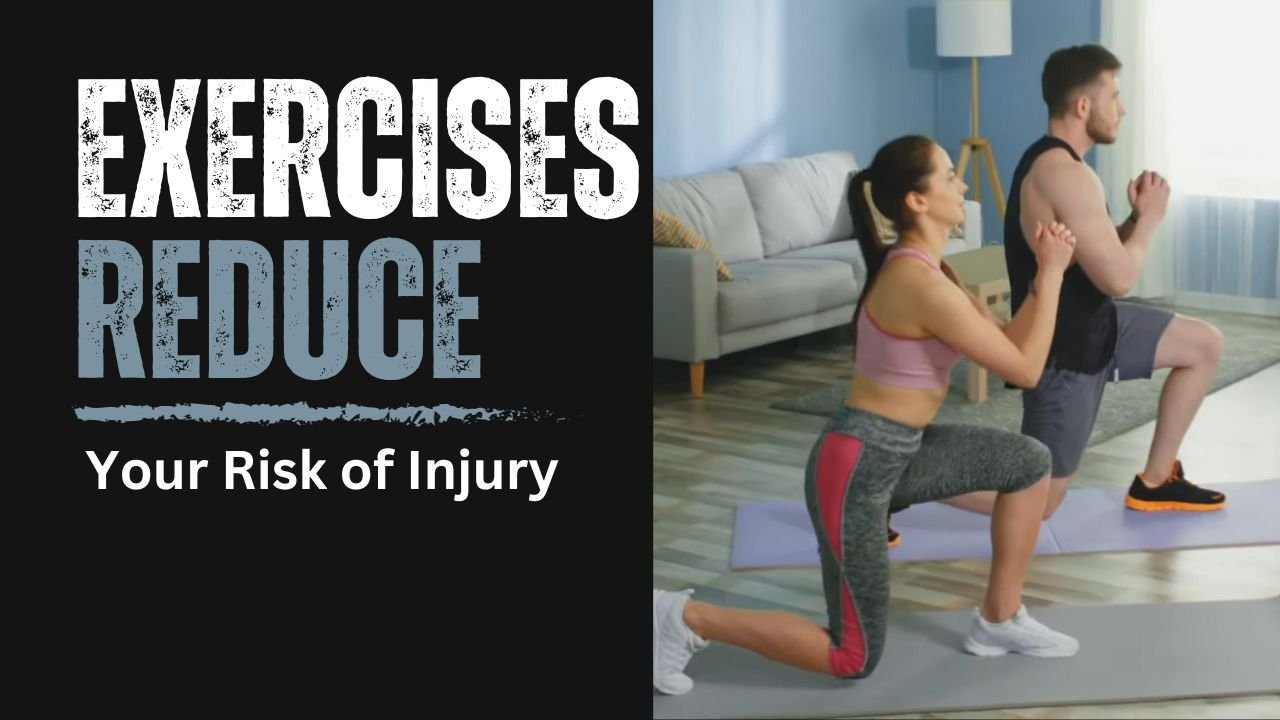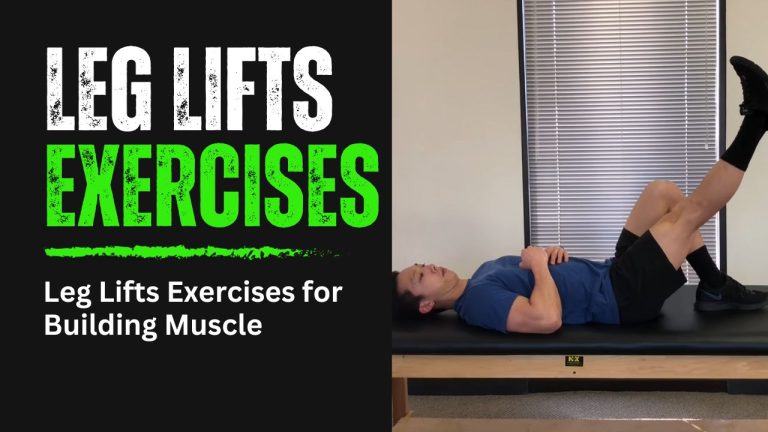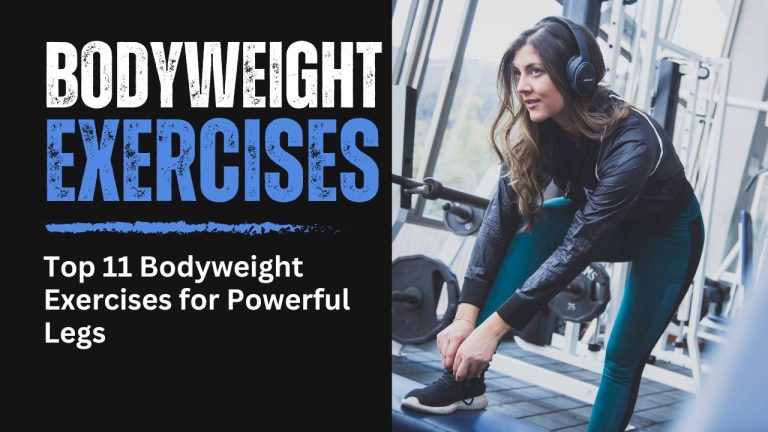Welcome to the world of leg exercises and injury prevention! In this article, we’re about to embark on a journey that explores the incredible impact of leg day exercises, including the use of the Best Leg Exercises Machine, on reducing the risk of injury. It’s not just about achieving strong and sculpted legs; it’s about safeguarding yourself against common leg injuries that can put a damper on your active lifestyle.
Picture this: You’re hiking through rugged terrain, conquering steep hills with ease, or simply going about your daily routine without a care in the world. How does it feel to know that strong legs can be your ticket to all these adventures, while simultaneously protecting you from the agony of common leg injuries?
The Importance of Strong Legs
Strong legs serve as the foundation for your body, which is especially important for runners. They provide stability, support, and power for everyday activities and sports, making Leg Exercises for Runners essential. Whether you’re sprinting, playing soccer, or simply going up and down stairs, your leg muscles are hard at work. Weak or imbalanced leg muscles can lead to falls, strains, and long-term joint issues.

- Strength Equals Stability: First and foremost, strong legs are synonymous with stability. Whether you’re strolling through a park, sprinting to catch a bus, or even standing still, your legs are working tirelessly to keep you upright and balanced. They are the anchors that prevent you from tumbling like a house of cards.
- Support for Daily Tasks: Think about the countless daily tasks that heavily rely on your legs. From ascending stairs and carrying groceries to bending down to tie your shoelaces, your legs are involved in almost every movement. A lack of leg strength can turn these everyday activities into daunting challenges.
- Athletic Performance: If you’re into sports or physical activities, strong legs are your best friend. They provide the power and endurance needed for running, jumping, kicking, and pivoting. Whether you’re on the soccer field, basketball court, or dance floor, your legs are the driving force behind your performance.
- Preventing Falls: As we age, the risk of falls becomes more prominent. Strong leg muscles act as shock absorbers, reducing the impact of a fall and decreasing the likelihood of fractures or serious injuries. They provide you with a safety net when you need it most.
- Balancing Act: An often overlooked aspect of leg strength is balance. Weak leg muscles can lead to poor balance, increasing the risk of stumbling and injuring yourself. Strong legs, on the other hand, provide a solid base, making it easier to stay steady on your feet.
- Joint Health: Your knees and hips bear a significant load, especially during weight-bearing activities. Strong leg muscles help distribute this load evenly, reducing the strain on your joints. This can be a game-changer in preventing long-term joint issues.
- Overall Well-Being: Finally, strong legs contribute to your overall well-being. They allow you to move freely and comfortably, enhancing your quality of life. The confidence that comes with knowing you have a strong foundation is priceless.
Common Leg Injuries
As we journey deeper into the realm of leg exercises and their role in injury prevention, including the importance of Improving Circulation in Your Legs, it’s essential to recognize the adversaries we’re up against. Common leg injuries can strike when we least expect them, causing pain, inconvenience, and sometimes long-term consequences. Here are some of the most notorious culprits:
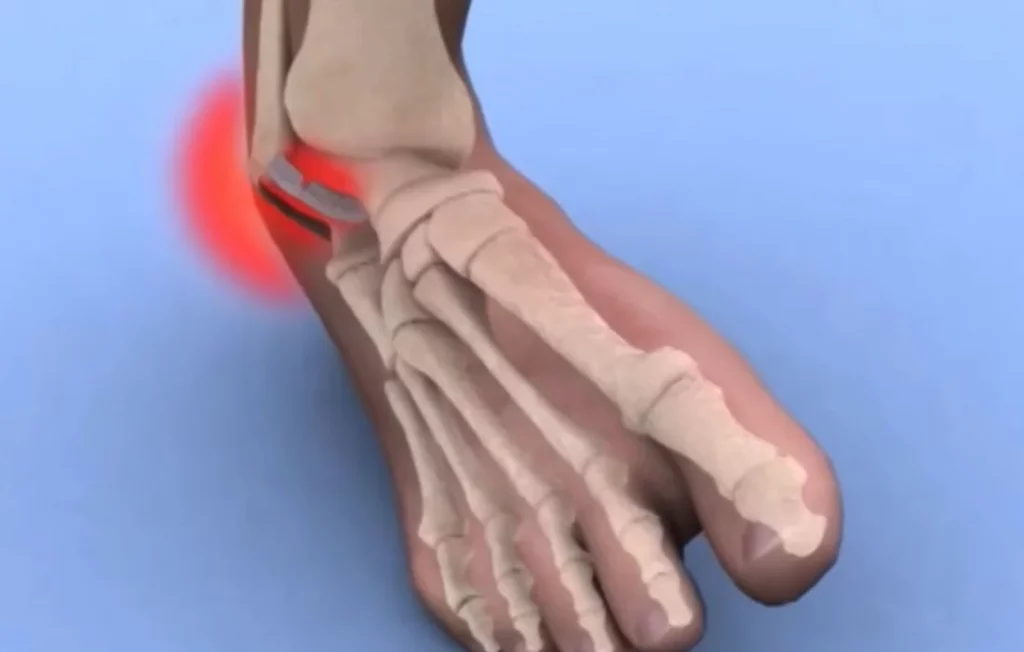
Sprained Ankle
The Sneaky Saboteur
A sprained ankle is like a mischievous trickster lurking around the corner. It often occurs when you least expect it—stepping on an uneven surface, missing a step on the stairs, or even during a friendly game of basketball. Your ankle’s ligaments get stretched beyond their limits, causing pain, swelling, and difficulty walking. It’s a reminder that even simple movements can lead to injury.
Shin Splints
The Runner’s Nemesis
If you’re an avid runner, you’ve probably crossed paths with shin splints at some point. These painful sensations along the shinbone can feel like a relentless hammer striking your legs. Shin splints are often caused by overuse or improper footwear. They serve as a harsh reminder that your legs need proper care, especially when engaging in high-impact activities.
ACL Tears
The Athlete’s Nightmare
Anterior Cruciate Ligament (ACL) tears are the stuff of athletes’ nightmares. These injuries, common among sports enthusiasts, can be excruciating and require extensive recovery. An ACL tear often happens during sudden stops or pivots, leaving you sidelined and longing for your pre-injury agility.
Hamstring Strains
The Unwanted Guest
Imagine reaching down to pick up something, only to feel a sudden, sharp pain in the back of your thigh. Hamstring strains can strike with little warning, causing discomfort and restricting your movements. Overstretching, inadequate warm-up, or improper exercise techniques are common culprits.
These common leg injuries might seem like they’re out to spoil your fun but fear not. The good news is that with the right knowledge and training, you can reduce your vulnerability to these injuries significantly. Leg exercises, which we’ll explore in detail shortly, are your allies in this battle. They not only strengthen your leg muscles but also enhance your body’s ability to withstand unexpected challenges.
How Leg Exercises Prevent Injury
Now that we’ve acquainted ourselves with the common leg injuries that can disrupt our lives, it’s time to unveil the superhero-like powers of leg exercises, including the use of the Best Leg Exerciser, in the realm of injury prevention. How many Leg day exercises per workout are more than just a route to sculpted calves and powerful quads; they are your guardians against the perils of sprains, tears, and discomfort. Here’s how they work their magic:
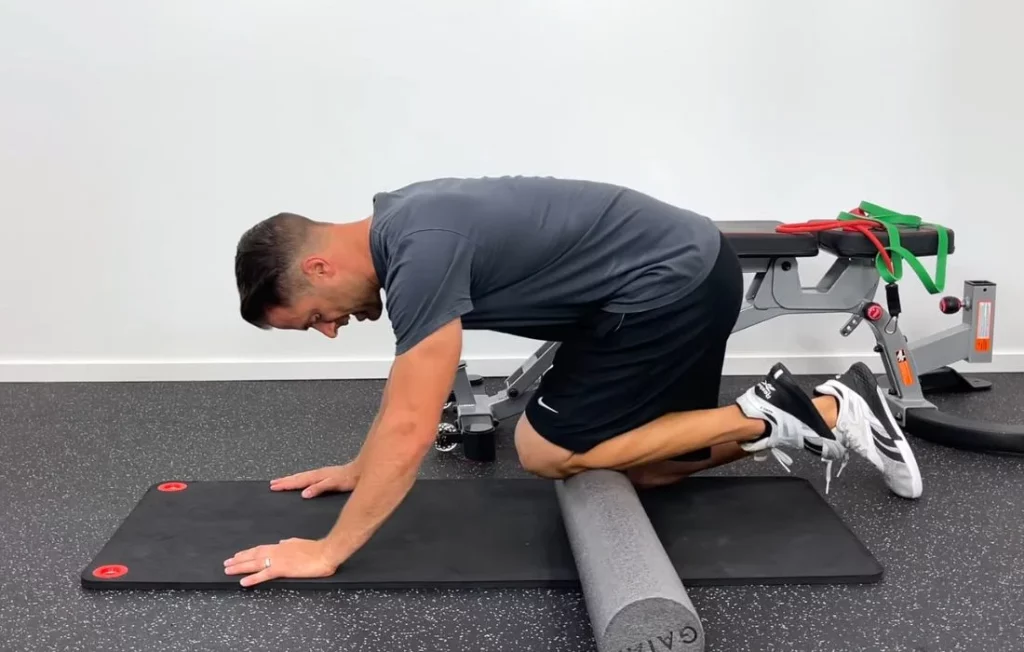
Types of Leg Exercises
Before we dive into the preventive aspects, let’s meet the heroes of this story—leg exercises. There are various types of leg exercises, each with its unique benefits. Here are five key exercises that can help reduce your risk of injury:
1. Squats
The Quads’ Best Friend
Squats are your go-to exercise for overall leg strength. They target your quadriceps, hamstrings, and glutes, making them the ultimate powerhouse move. By strengthening these muscles, you enhance your stability and reduce the risk of falls and awkward stumbles.
2. Lunges
Balancing Act
Lunges are your secret weapon for improving balance and symmetry in your leg muscles. They challenge your muscles individually, helping to address any imbalances that might put you at risk for injuries. Plus, they’re fantastic for toning those leg muscles.
3. Deadlifts
Back Saver
Deadlifts, while renowned for working the back, are also excellent for your legs. They target the hamstrings, lower back, and glutes. A strong lower back is crucial for maintaining proper posture and reducing the risk of back injuries.
4. Leg Press
Controlled Strength
The leg press machine provides a controlled environment to build leg strength, making it an ideal choice for beginners. It targets the quads, hamstrings, and glutes, offering an effective way to prepare your legs for more intense exercises.
5. Plyometrics
Explosive Power
Plyometric exercises, like box jumps and squat jumps, are the secret to explosive power. They improve your ability to generate force quickly, reducing the risk of injuries during rapid movements. Plyometrics are particularly valuable for athletes and those engaging in sports that require quick bursts of power.
Proper Form Matters
While leg exercises hold immense potential for injury prevention, they must be performed with precision and care. Proper form is your guardian angel in this journey. Incorrect techniques can lead to injuries rather than prevent them. Here’s why form matters:

- Injury Prevention: Correct form ensures that you’re targeting the right muscles while minimizing strain on the wrong ones. It also reduces the risk of overstretching or hyperextension.
- Efficiency: Proper form allows you to get the most out of your exercises. You’ll see better results, faster.
- Longevity: Maintaining good form protects your joints and muscles, ensuring you can enjoy the benefits of leg exercises for years to come.
Building a Leg Workout Routine
Now that we’ve unlocked the power of leg exercises and the importance of proper form, it’s time to create a leg workout routine that will serve as your fortress against leg injuries. A well-rounded routine should cover various aspects of leg health, from warming up to cooling down. Here’s how to build a comprehensive leg workout plan:
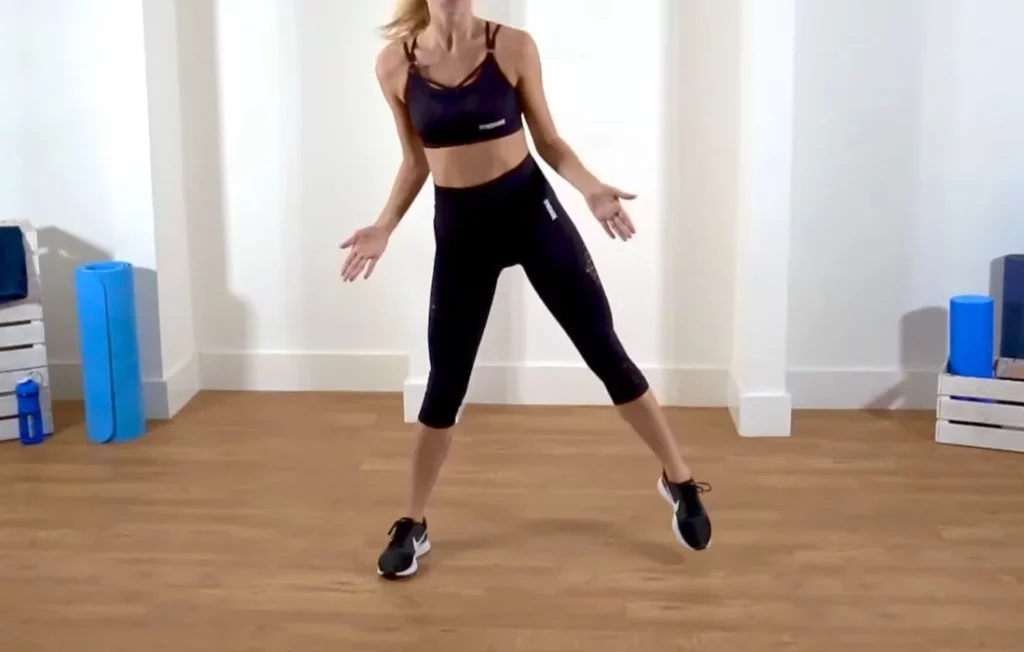
1. Warm-up and Stretching
Dynamic Warm-up
Begin your leg workout with a dynamic warm-up. This includes activities like leg swings, high knees, and butt kicks. A dynamic warm-up increases blood flow to your muscles, preparing them for action.
Static Stretching
After your dynamic warm-up, transition to static stretching. Focus on stretching your quads, hamstrings, calves, and hip flexors. Hold each stretch for about 20-30 seconds. Stretching improves flexibility and reduces the risk of muscle strains.
2. Strength Training
Compound Exercises
Incorporate compound exercises into your routine. These are exercises that work multiple muscle groups simultaneously, ensuring balanced leg development. Squats, lunges, deadlifts, and leg presses are your go-to choices. Start with a weight that challenges you but allows for proper form.
Reps and Sets
Aim for 3-4 sets of each exercise with 8-12 repetitions per set. This rep and set range is ideal for building strength and muscle endurance.
Progressive Overload
Gradually increase the weight or resistance over time to keep challenging your muscles. This concept, known as progressive overload, is key to ongoing improvements in leg strength.
3. Balance and Stability
Balance Exercises
Incorporate exercises that challenge your balance and stability. Single-leg squats, stability ball exercises, or using a balance board can be effective. These exercises improve proprioception, which is your body’s ability to sense its position in space.
Core Work
Don’t forget about your core! A strong core is essential for maintaining balance during various activities. Include core exercises like planks and Russian twists in your leg workout routine.
4. Cool-down and Recovery
Static Stretching
After your strength training and balance exercises, perform another round of static stretching. Focus on the same muscle groups to aid in recovery and reduce muscle tension.
Foam Rolling
Consider using a foam roller on your leg muscles. Foam rolling can help release muscle knots and improve overall muscle health.
Hydration and Nutrition
Don’t neglect your post-workout nutrition. Ensure you’re properly hydrated and consume a balanced meal or snack with protein and carbohydrates to support muscle recovery.
By following this well-structured leg workout routine, you’ll not only build strength and endurance in your legs but also reduce the risk of common leg injuries. Remember, consistency is key. Gradually increase the intensity of your workouts and listen to your body. If you experience pain or discomfort beyond the usual muscle soreness, consult a healthcare professional.
Conclusion
Don’t underestimate the power of leg exercises in reducing your risk of injury. Strong legs provide the stability and strength needed to prevent common leg injuries. By incorporating leg workouts into your fitness routine and paying attention to proper form, you can enjoy an active lifestyle with fewer worries about potential injuries.
Your legs are your allies in the pursuit of a healthy, active, and injury-free lifestyle. By investing time and effort into leg exercises and a well-structured workout routine, you’re not only building strength but also fortifying your defences against common leg injuries. So, go ahead, embark on your leg exercise journey, and stride confidently towards a life with fewer worries about leg-related mishaps. Your strong legs will carry you forward, ensuring a brighter and safer future filled with exciting adventures.

Chris David (Auther)
With my pen as my compass, I embark on a thrilling odyssey through the intricate landscape of health and fitness. In each blog post, I unveil the enigmatic realms of well-being, weaving together evidence-based wisdom, practical counsel, and a sprinkle of motivational stardust to illuminate your path toward boundless vitality and unwavering strength.

